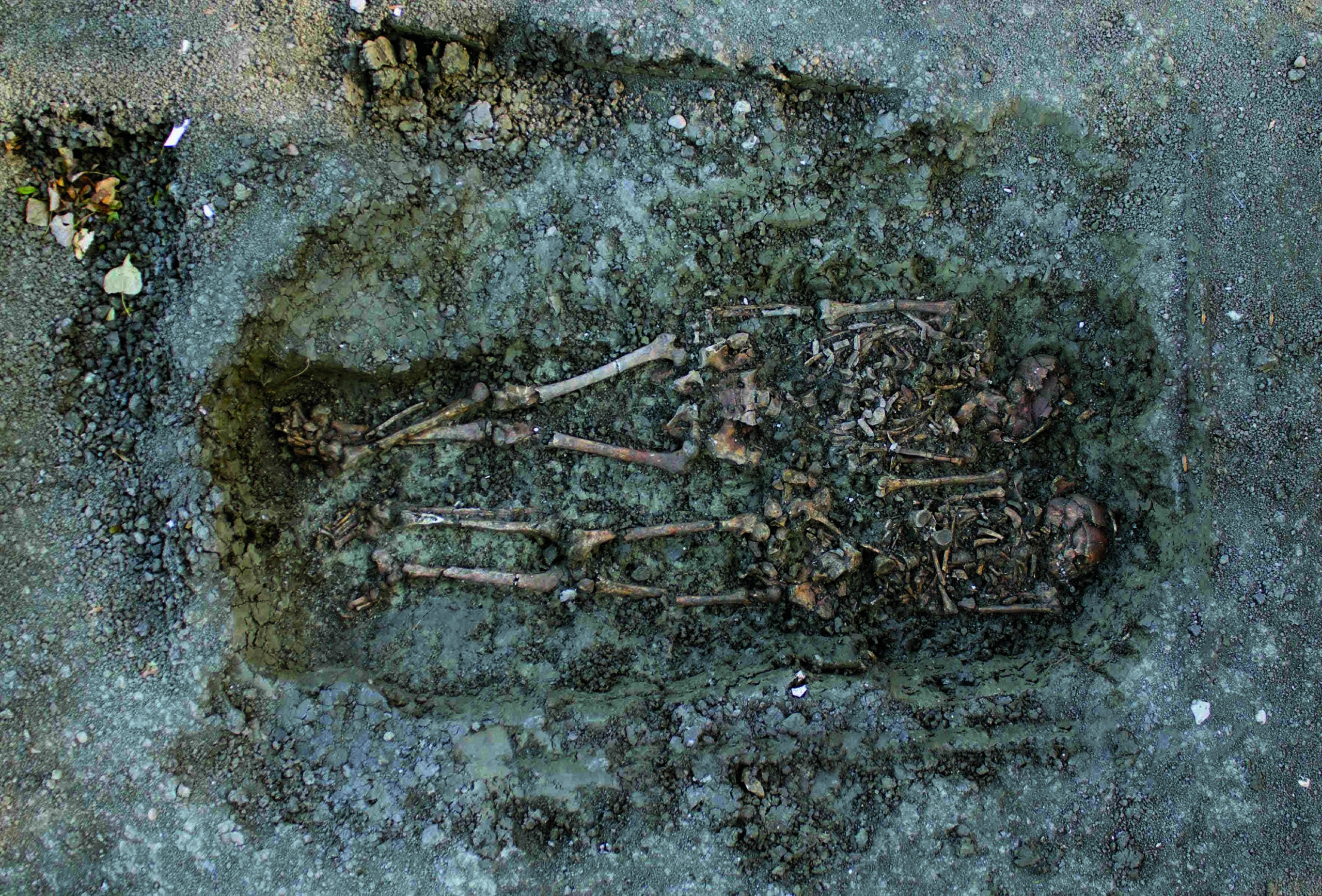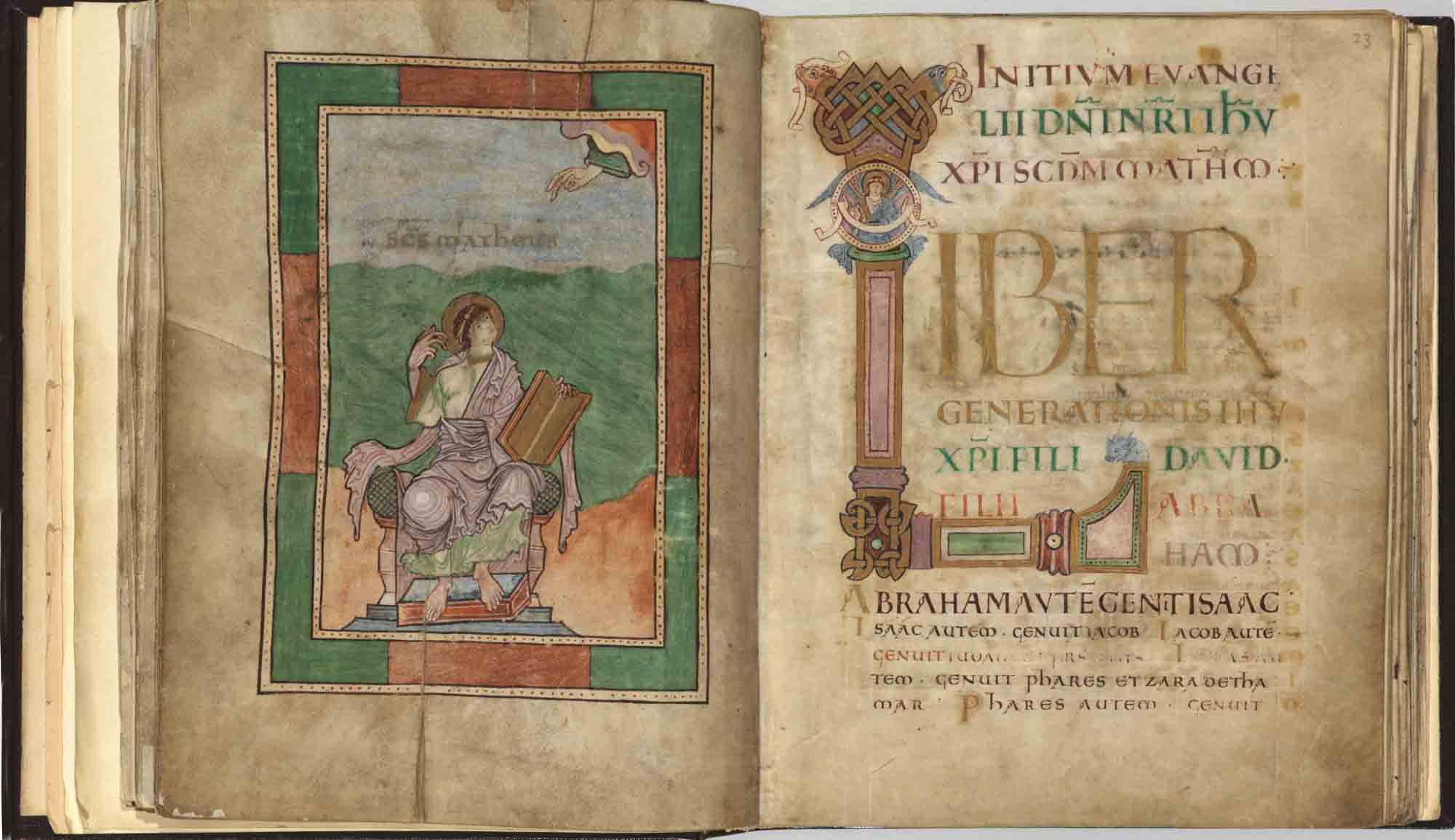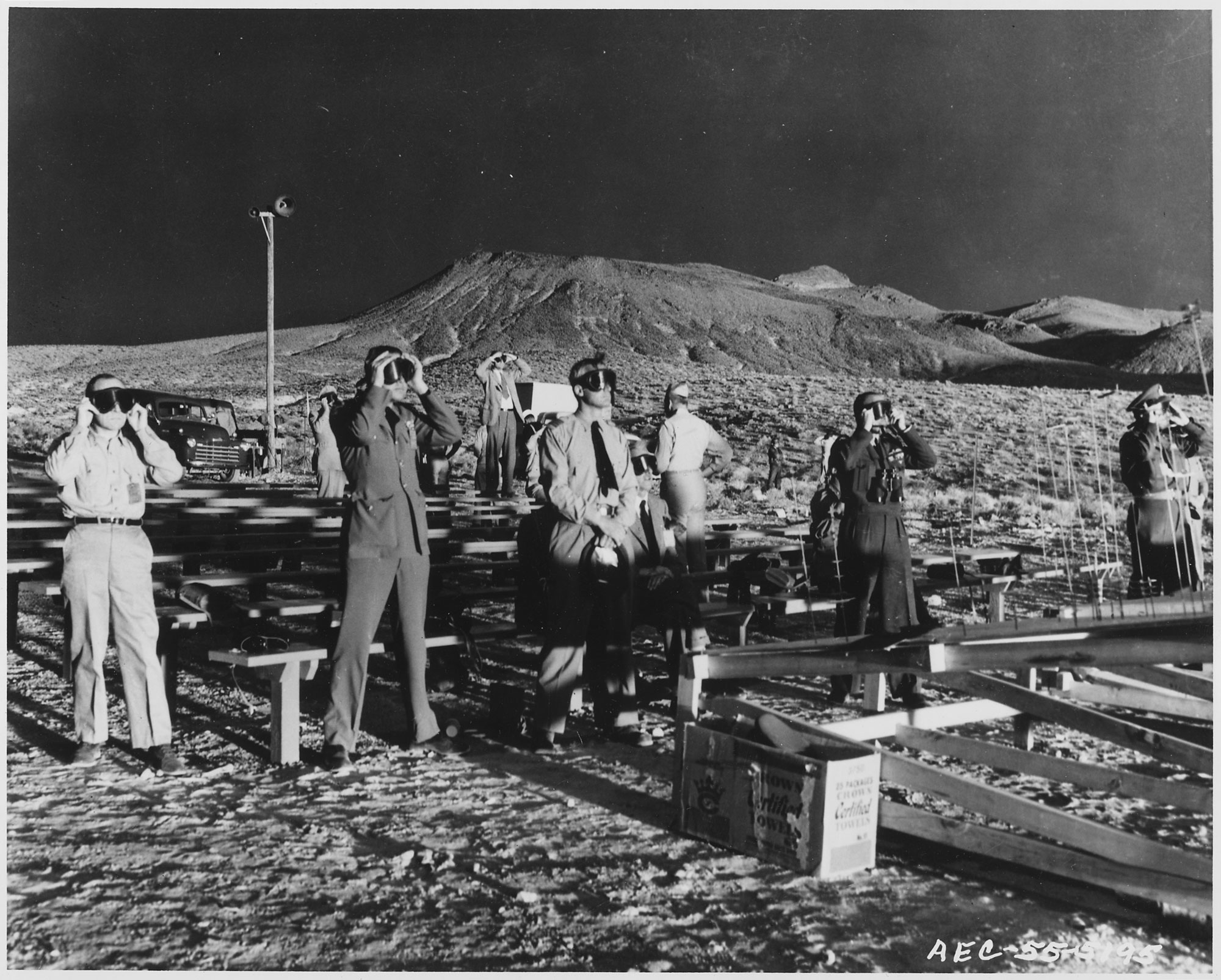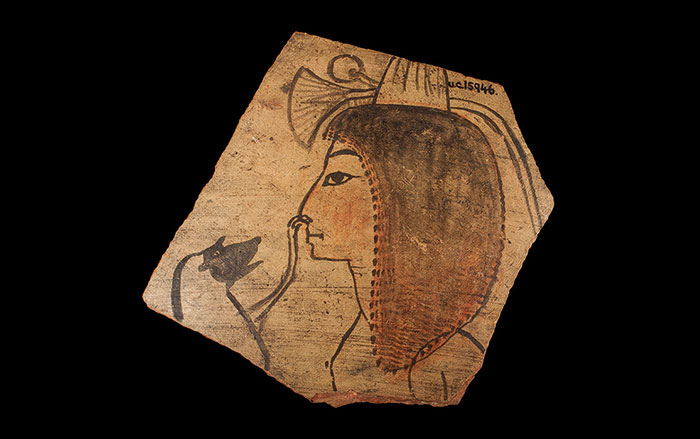
LEICESTER, ENGLAND—“The evidence is overwhelming that these are indeed the remains of Richard III,” geneticist Turi King of the University of Leicester announced at a press conference reported in Live Science. An analysis of the archaeological, genetic, and genealogical evidence produced a 6.7 million to 1, or 99.99 percent chance, that the remains recovered from a parking lot in 2012 belong to the last king of the House of York. Historical records indicate that he was killed in 1485 during the Battle of Bosworth and buried at a monastery in Leicester. The remains show signs of scoliosis and battle wounds, matching accounts of Richard’s appearance and death. Samples of mitochondrial DNA from the skeleton were compared to mitochondrial DNA from two descendants of Richard’s sister, Anne of York. One sample was a perfect match; the other had a one-letter difference. “That is perfectly what we would expect. The mitochondrial DNA has to be copied to be passed down through generations, and you get little typos,” King said. In addition, this particular sequence of mitochondrial DNA, inherited through the female line, seems to be rare. A study of the skeleton’s Y chromosome, which is passed down virtually unchanged through the male line, was compared to samples taken from five living men whose family trees suggest a relationship to Richard III. The researchers found, however, that none of the men shared the same Y chromosome as Richard III, indicating that there had been a “false paternity event.” Richard III’s Y chromosome could eventually be compared to remains of two children, thought to be the nephews the king has been accused of murdering, that were recovered from the Tower of London in the seventeenth century. “We don’t know for sure whether or not those remains are those of the princes. We now have the Y chromosome of Richard III, and that should be identical to both of the princes since they shared the same paternal line,” University of Leicester historian Kevin Schürer explained. To read about the original discovery of the remains, see "The Rehabilitation of Richard III."










